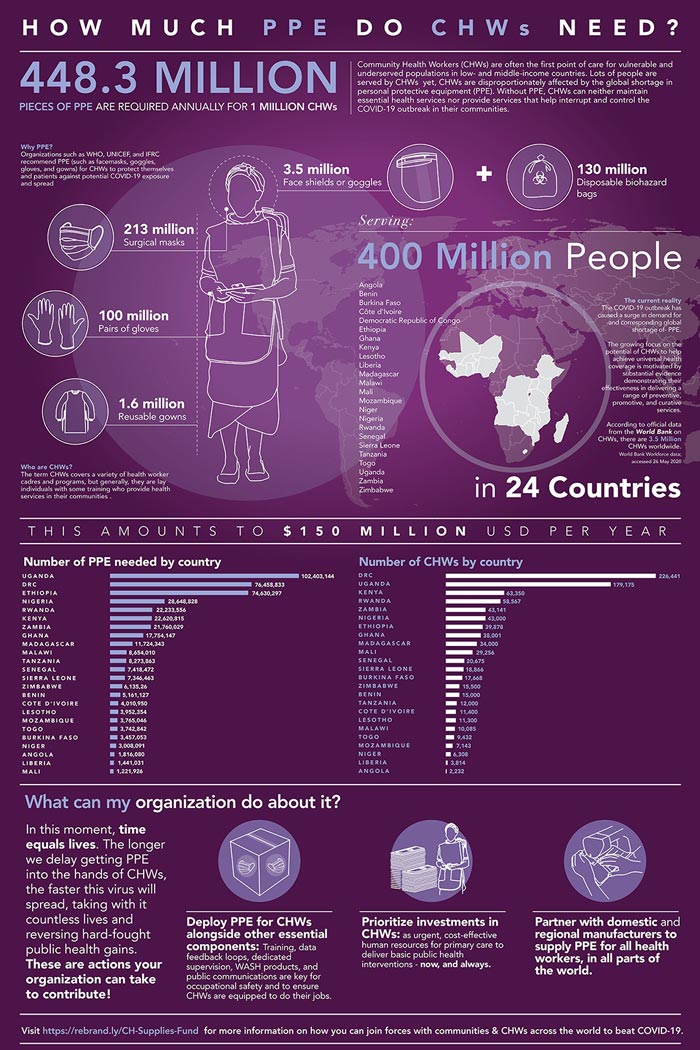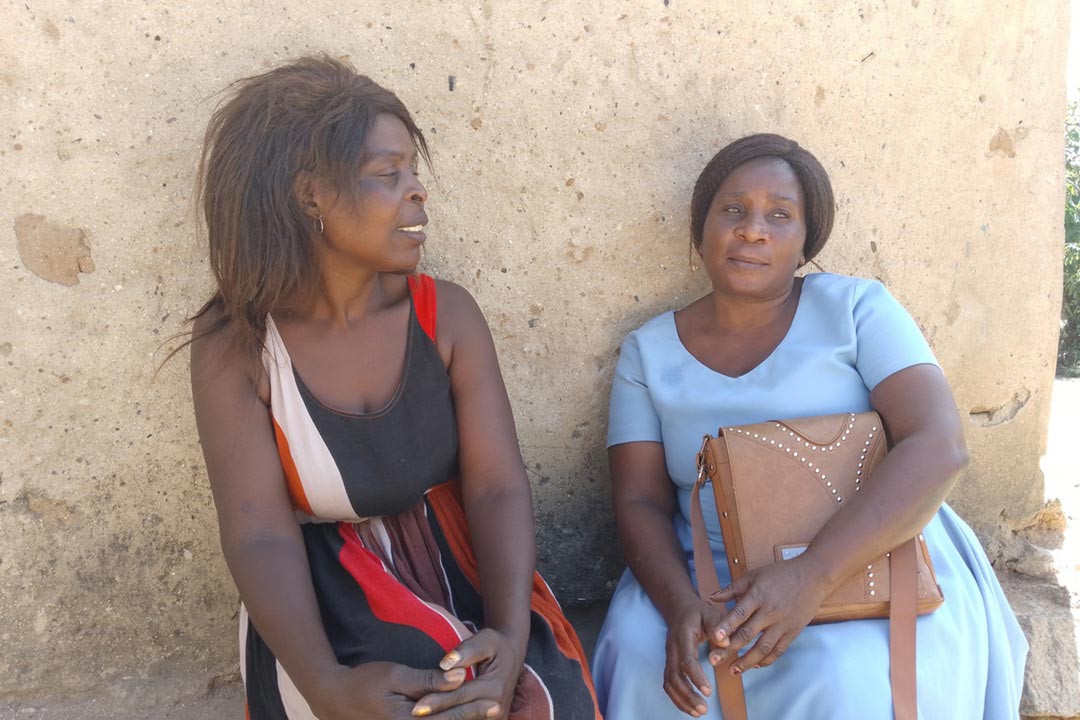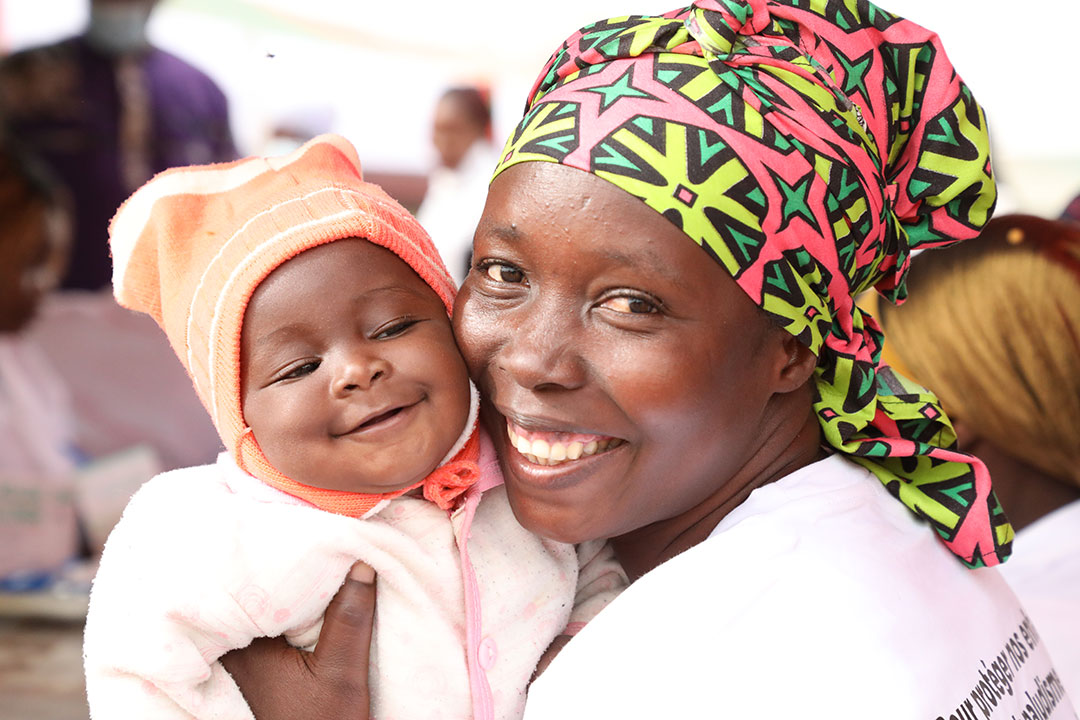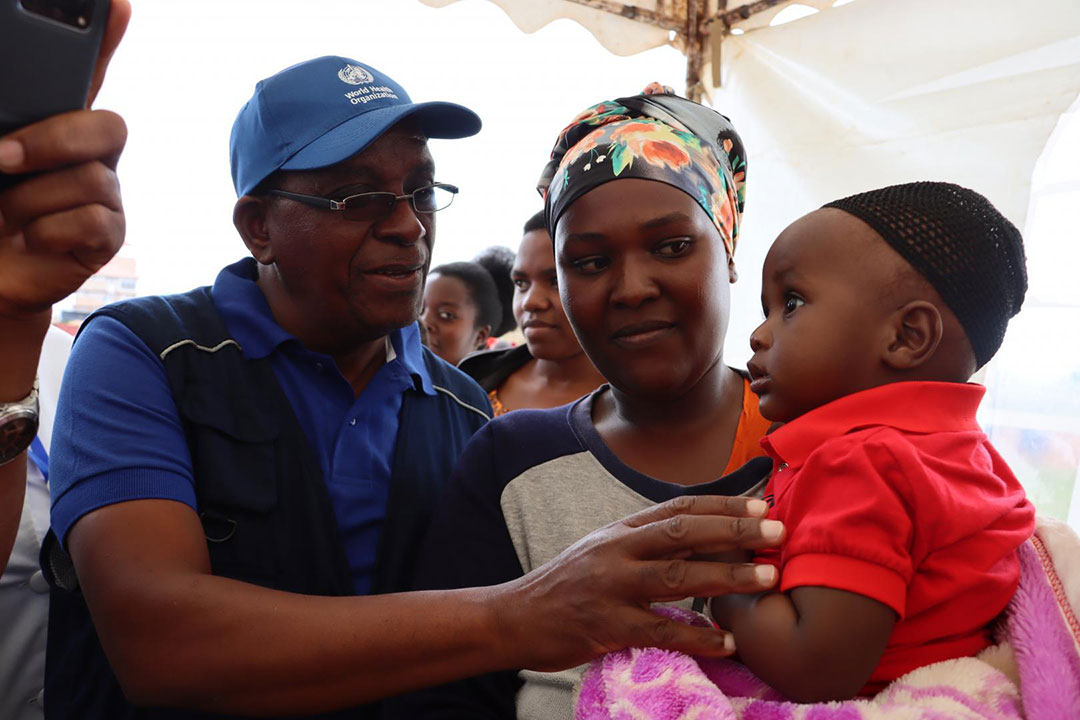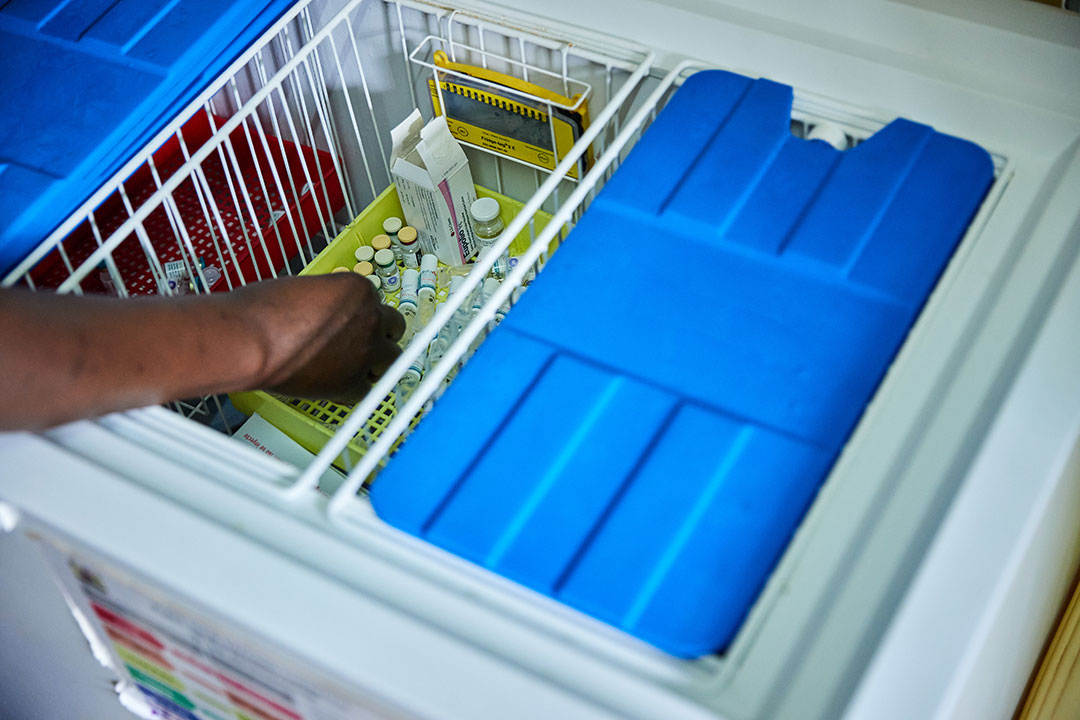Supply chains: The lifeline for getting PPE to community health workers
You may have heard the saying, “no products, no programs,” but for those who work in public health during COVID-19, the saying has become “no PPE, no programs.” And for community health workers (CHWs) who play a vital role in providing health care services to their communities, they face the danger of “no PPE, no safety.”
- 11 September 2020
- 5 min read
- by Gavi Staff

Why CHWs are At-Risk
Worldwide shortages of personal protective equipment (PPE) have led to increased COVID-19 infections amongst health workers; and in Africa, infections have increased by 200 percent since late May. Community health workers are more likely to bear the brunt of PPE shortage, because often they are deprioritized to receive supplies as the allocation of scarce resources go to hospitals. However, the role they play is critical because at the last mile they are often the first point of contact that communities have to health care. Without the PPE necessary to keep them safe and serving, this could have detrimental effects not only in controlling the spread of the coronavirus, but also in the delivery of routine health services.
Stronger together
When the pandemic began to spread globally, African governments and partner organizations supporting CHWs were already anticipating difficulty in securing PPE. In fact, competitive pricing and low supplies is still a challenge for procurement.
To address this, 24 African governments and 30 organizations have united to protect one million CHWs. To make this possible, the COVID-19 Action Fund for Africa (the Fund)[1] was launched, an initiative to raise $100M to supply PPE to CHWs in 24 African countries[2] for one year.
An effort of this magnitude requires radical collaboration. With the strength of the collective, ensuring PPE distribution channels reach all CHWs becomes possible. While there are critical supply chain considerations for PPE to reach the last mile, partnerships – with governments at the center – put the ‘p’ in possible.
Avoiding the bumps in the road.
To address this, 24 African governments and 30 organizations have united to protect one million community health workers.
As with any journey, planning and preparedness are especially important. For the journey that PPE deliveries need to make to reach CHWs, among many stops, there are five critical ones along the road.
1. It is all about the numbers
A policy paper recently estimated the PPE needs for one million CHWs to be nearly 450 million pieces of PPE including: surgical masks, gloves, face shields, reusable gowns and disposable biohazard bags for one year. The research included a literature review that made evidence-based assumptions to arrive at the total of PPE quantities among 24 countries. The Fund has required that Ministries of Health (MoH) quantify the PPE needs of CHWs. In many countries where the Fund is operating, CHWs are not regularly included in national exercises to quantify PPE requirements. This effort provides an opportunity to integrate demand planning and supply planning of PPE needs for CHWs into the health system moving forward.
2. The game plan
Agreement on a plan for last mile distribution requires alignment between MoHs and partner organizations working with CHWs. This also includes understanding how the distribution will be implemented, and determining the proper supply chain capacity, for both storage and transport. While the Fund requires that certain criteria are met, governments maintain responsibility for the implementation of the distribution plan within their respective countries. The Fund and other partner organizations can offer assistance to governments should they need additional resources to manage the distribution of PPE.
Have you read?
3. Journey by jumbo jets
During the first round of PPE supplies, the Fund is delivering nearly 60 million pieces of PPE across 12 countries. This volume requires nine 747 jumbo jets to deliver supplies. They will take off from all over the world, and move from manufacturing sites to several distribution hubs both outside and within Africa. Once supplies arrive at the port-of-entry for each country and receive customs clearance, they are ready for in-country distribution.
4. The heavy lifting
PPE is a bulky commodity that places a burden on receiving countries to properly store and transport these supplies. At the national level, countries will need to allocate permanent and temporary storage facilities, both public and privately owned, to ensure supplies are stored in conditions that maintain supply quality and security. The heavy lifting here not only requires adequate storage space for PPE, but it also requires enough people power to unpack and repack the supplies as they move through the supply chain.
Smaller shipments will be packaged and go by truck throughout the country – sometimes to provincial or state warehouses first, and then eventually to the district or county level.
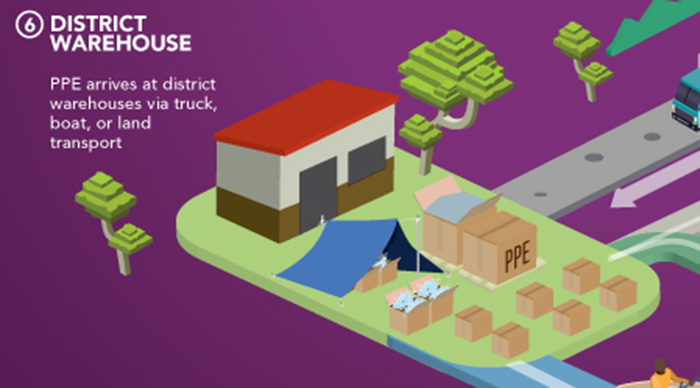
5. Moving products to people
Once PPE supplies reach the district level, the cycle begins once again to package PPE for health centers within each district. These shipments will be transported by bike, boat or even on foot to reach the last stop – into the hands of CHWs serving the surrounding communities.
There is the old adage that life is a journey, and this one includes complex processes requiring extraordinary coordination. However, when it all comes together, supply chains are the lifeline that will get PPE to CHWs, because ensuring their safety means that they can save lives.
